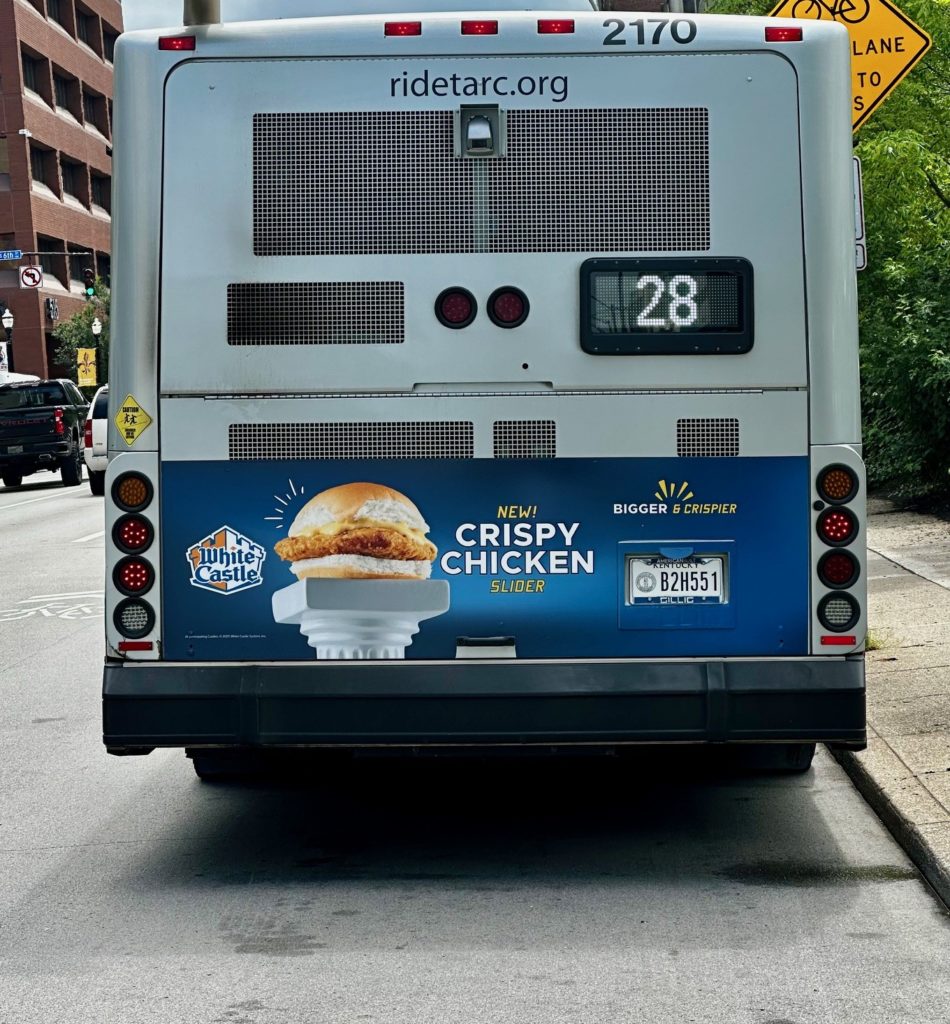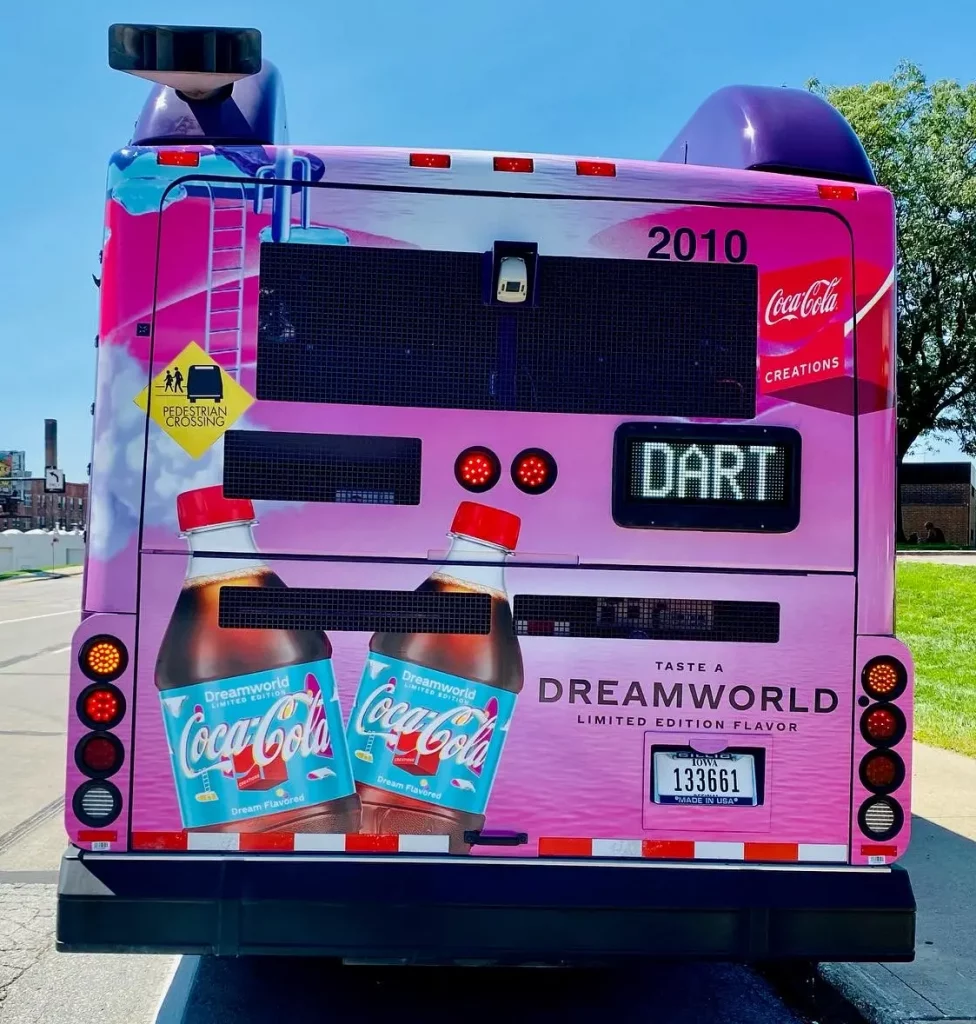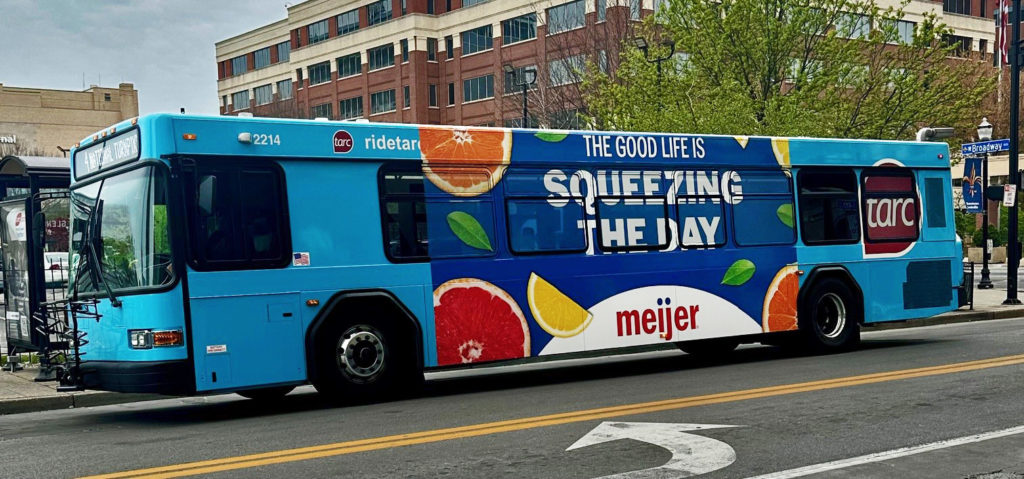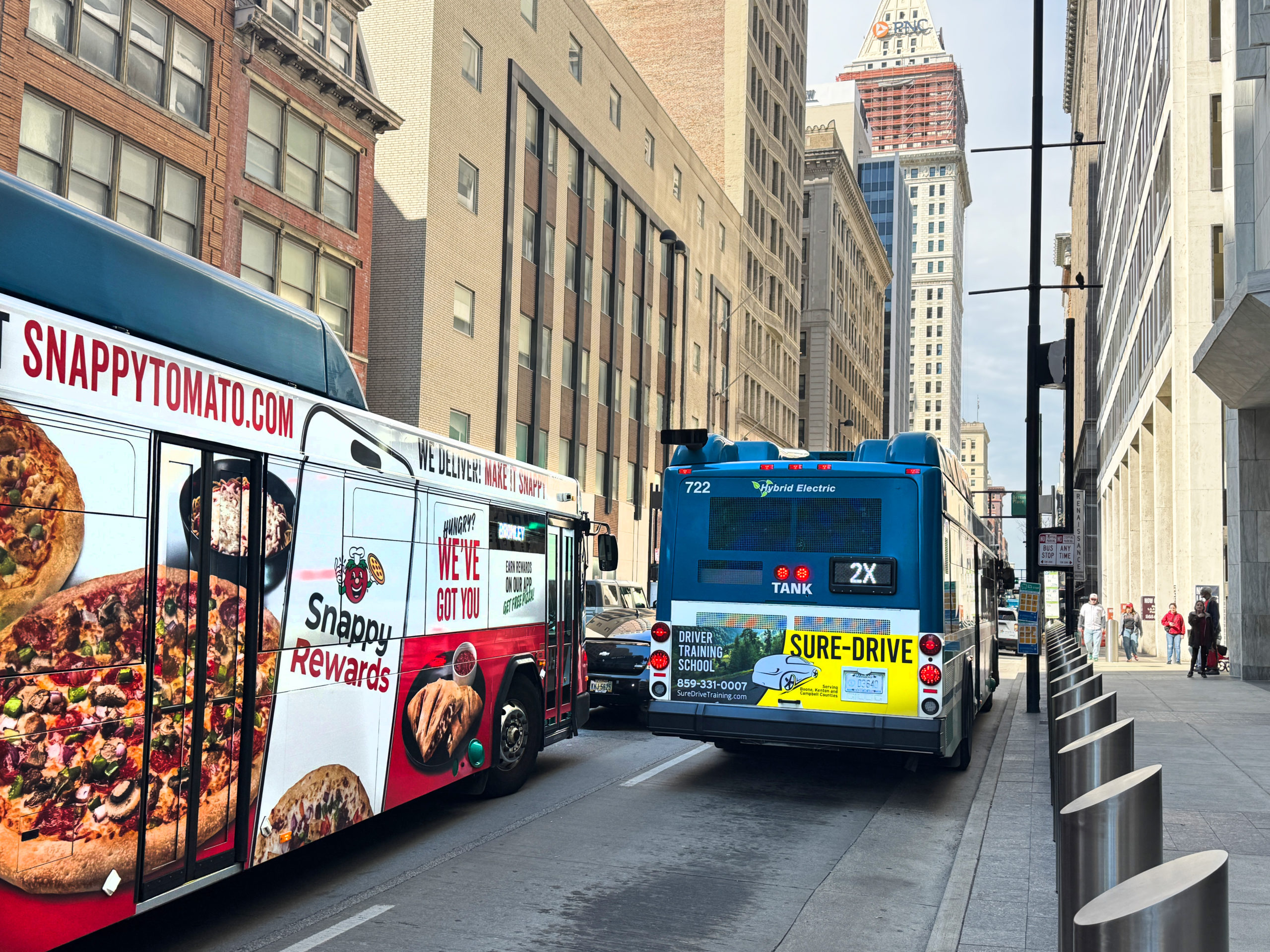New data from the OAAA was released today on media spend and OOH ad revenue nationwide, reaching $2.86 billion. The biggest reason this is occurring, according to the association, is growth in digital and, unsurprisingly to us, growth in transit spend which increased 8.9% that quarter. Here is a deeper look at this trend and what we are seeing.
Why More Brands Are Spending on Transit
This has been a crazy year for advertising with the death of traditional SEO and the rise of AI-powered search, the ever-increasing utilization of digital outdoor which is getting easier and cheaper, and the incredible benefits for tracking, programmatic advertising, and more. A big part of the digital expansion has been in transit-based shelters and other permanent panels, as well as interior digital screen age on vehicles.
The bigger prize of transit exterior is still elusive in the United States, as maintenance and exposure issues for exterior digital panels—as seen in the UK and Asia—identify core cost areas that still haven’t quite been figured out to make the investments worthwhile in the U.S.
So what’s the major other reason then, if digital in transit is still limited? It’s the need for a format that can establish a presence market-wide in our increasingly fragmented world. If you haven’t noticed, your TV’s app icons to find shows to watch have ballooned alone: Netflix, Hulu, Peacock, Paramount+, Disney+, Max, The Roku Channel, Tubi, Pluto TV, Amazon Freevee, Xumo, Plex, Samsung TV Plus (have you used all of these? I haven’t), and that’s just video content. Spotify, iHeart Radio, and podcast sponsorships fragment what was once the reliable morning and evening commute times for in-vehicle radio ads, and now advertisers are looking to physical options on the road like Transit Supertails.
Even billboards are susceptible to fragmentation, with digital billboards including more and more rotations or “flips” that occur every few seconds on the highway, making it harder to earn your brand’s time on the road.
The reach of properly sized transit campaigns is attributed to achieve around or above 90% in most studies we track (*OAAA and Mallet Study TEAM formula data, minimum campaign lengths and number of ad sides needed). It’s this market-wide reach, combined with low CPMs, that makes transit advertising unique and desirable. And as other media format pricing climbs, the case grows stronger.


Top Brands Know The Impact
Top brands are investing more in OOH, and the reason is the need to preserve and develop brand recognition as other options become further fragmented. Direct-to-consumer brands have to compete more than ever for shrinking dollars and positioning, as consumers limit their decisions. With investors setting high expectations, the need to ensure market dominance is stronger than ever in consumer brand categories.
As brands such as Publix grocery expand into new DMAs, existing players such as Kroger, Meijer, H-E-B, and Hy-Vee have to respond and ensure their foothold isn’t weakened, or that they only lose minimal ground in the push and shove.
Groceries aren’t the only category like this. The home services wars rage on for market share as larger firms try to consolidate service and smaller companies invest in expansions and new locations. The deck is getting shuffled, and it will be interesting to see who comes out with the right cards.
While big brands are taking notice, it’s likely small ones that will feel the most impact. As IGA and local brands see their mentions and visibility shoved out even more, strategic decisions to fight for life and have a reason for existing will be more important than ever for small businesses looking to carve a path over the next 24 to 48 months.

Inbound Marketing Systems Are Ready to Pounce… Once Activated.
One more key insight that has been known for over a decade—but plays right into the discussion here—is the notion of digital activation. With the rise of automation platforms like Salesforce, HubSpot, and Zoho, along with remarketing and retargeting opportunities on digital ad servers, the foundation for how marketing teams efficiently spend time and resources on target is a different world from just a few years ago. These systems use inbound activity or interest of all types as a trigger mechanism for other, more invested activities.
But what drives those initial actions? Why a search or a social like? In a fragmented world, how do brands continue to expand and bring new individuals into the fold? Data has continuously shown that OOH advertising is great at doing that.
Digital activation is touted in outdoor and transit because properly designed campaigns get noticed at high levels, in ways that cause individuals to take a step and enter these digital marketing funnels. And we’re not talking about a QR scan or two. We’re talking about causing social engagement, online video watching, resharing, form completion, and so much more activity.
So we will keep an eye on if the growth in the category as more brands take notice, but as the phones keep ringing here, we at Adsposure think it’s going to continue into 2026.

